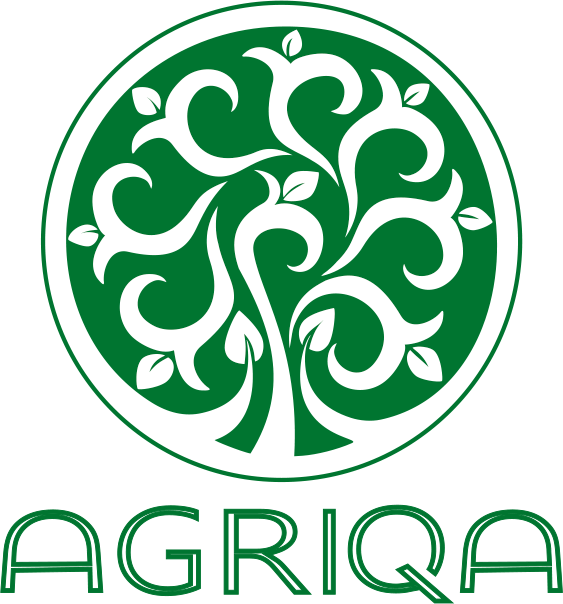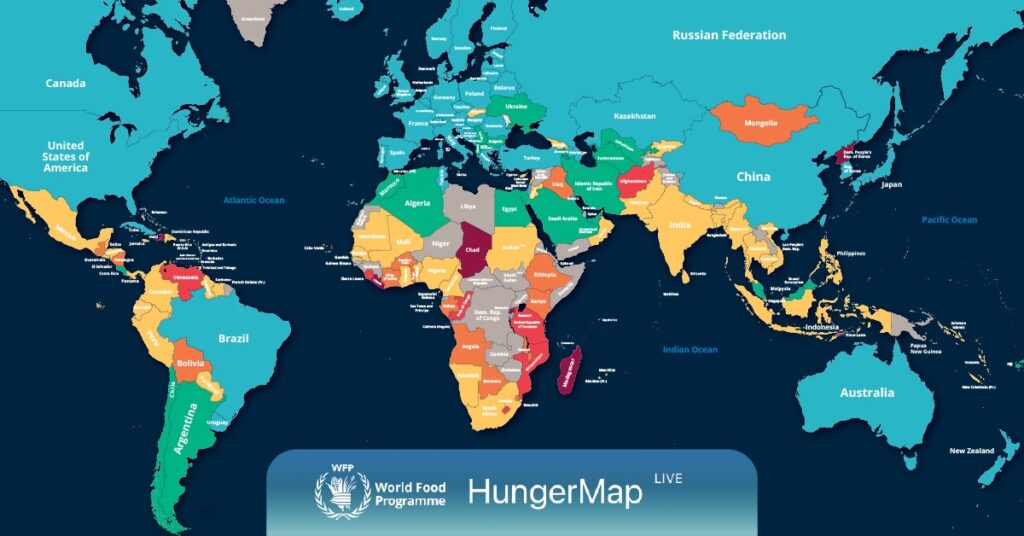The world is facing a food crisis of unprecedented proportions, the largest in modern history. Instead of 19, the disaster group now includes 22 countries with a population of 903 million people at the beginning of the year and about 17 million refugees from military conflicts and natural disasters in Europe, Asia and Africa.
On September 21, 2022, the Outlook “FAO-WFP Hunger Hotspots FAO-WFP early warnings on acute food insecurity from October 2022 to January 2023” was published. The report presents a map of hunger and the main factors of a five-fold increase in the number of people who have passed into the category of a humanitarian catastrophe with the beginning of extinction from hunger from 220 million people last year to 920 million people since the beginning of 2022. The report defines 5 categories of food security from safe to critical threat levels: relative well-being, negative dynamics, violation of food security, critical situation, and disaster.
In Asia, hunger is officially recognized in 6 countries with a total population of over 351 million people – Afghanistan, Syria, Sri Lanka, Yemen and Pakistan after the floods in mid-June 2022. One of the largest UN humanitarian depots UNHRD in Kuala Lumpur and Dubai cannot cope with providing urgent large-scale humanitarian food supplies to these regions, especially to Afghanistan and Pakistan. In the Caribbean and Central America, 3 countries are starving with a total population of 41 million people – Haiti, Honduras, and Guatemala. The existing UN UNHRD Humanitarian Depot in Panama has limited capacity and small warehouses.
In Africa, hunger has already spread to all 19 countries of the entire Sahara region, Central Africa from the east to the west coast with a total population of over 511.5 million people, the presence of 3 UN UNHRD humanitarian depots in Brindisi (Rome, Italy), Las Palmas and Accra cannot cope with the volume of required humanitarian aid because believing in the rationality of the leaders of individual countries, the world community did not expect blocking access to 30% of the total volume of strategic food traded on the world market after February 24, 2022.
Today, it is necessary to determine that the most significant contribution to the global food crisis was made by Russia’s invasion of Ukraine and the blocking of supplies to the world market of 75% sunflower oil, 29% barley, 28% wheat and 15% corn. Almost 50 countries depend on Russia and Ukraine for at least 30% of their wheat needs, of which 26 countries are more than 50% dependent. To these sad statistics, it can be added the annual volume of grain exports from Kazakhstan to 8 million tons, traditionally exported through the Black Sea ports.
The World Food Program (WFP) in 2022 required 22.2 billion US dollars for humanitarian food supplies. In 2023, the food crisis worsened – 15.3 million people are starving in Afghanistan only. To help this country alone, WFP allocates 2.7 billion USD, including 287 million USD nutrition for extreme conditions and nutrients. These are dry ready–made food products - proteins, cereals, snacks, fruits, vegetables. The total volume of humanitarian purchases of dry products of long shelf life (emergency food) reached USD 14.7 billion. It is this market that AGRIQA Asia's main products are focused on – the supply of high-quality products with a long shelf life for the most extreme conditions of human survival. These are not only humanitarian supplies to the zones of natural, man-made and military disasters. It is also a daily comprehensive healthy diet for miners, sailors, submariners, polar explorers, rescuers, peacemakers, aerospace services, climbers, travelers and just boy Scouts.
Addresses:
Almaty, Chaikina str., 1/1, office 12
Turkestan region, Shardara, Gani Muratbayev str., 58

